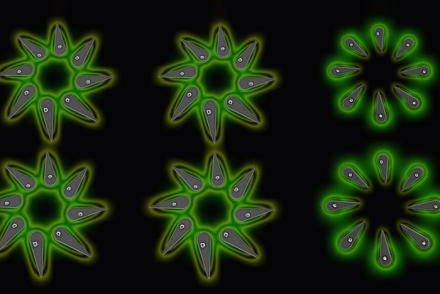What we support
With an annual budget of almost $800 million, ENG supports hundreds of diverse academic and research organizations across U.S. states and territories.
ENG investments engage tens of thousands of people every year, including K-12 teachers and students, undergraduates, graduate students, and faculty.
ENG invests in the creation of new engineering knowledge and cutting-edge technologies across all science and engineering disciplines.
Who we are
ENG's workforce of approximately 140 includes staff with expertise across all engineering fields and consists of both federal employees and engineers and scientists serving in temporary positions while on leave from their home research institutions.
Divisions and offices
Chemical, Bioengineering, Environmental and Transport Systems (CBET): Supports research in chemical and biochemical systems; environmental engineering and sustainability; bioengineering and engineering health care; and fundamental transport, thermal and fluid phenomena.
Civil, Mechanical and Manufacturing Innovation (CMMI): Supports research on advanced manufacturing, performance of materials and building technologies, infrastructure resilience and sustainability, and tools and systems for decision-making, robotics and controls.
Electrical, Communications and Cyber Systems (ECCS): Supports research in device and component technologies, power, controls, computation, networking, communications and cyber technologies for the integration and networking of intelligent systems.
Engineering Education and Centers (EEC): Invests in the creation of 21st-century engineers and the discovery of technologies through transformational, center-based research.
Emerging Frontiers and Multidisciplinary Activities (EFMA): Targets important, cutting-edge opportunities and long-term challenges for engineering to address national needs.

Credit: HAMMER Team/The Ohio State University
Centers and research infrastructure
ENG-supported centers and research infrastructure work to advance health, sustainability, natural hazard resilience, civil infrastructure, manufacturing, quantum technology and other national priorities. Many of these facilities not only drive discoveries, but also serve as training grounds for the next generation of scientists and engineers.
ENG-supported centers include:
- Engineering Research Centers.
- Over 80 Industry-University Cooperative Research Centers.
- Several Science and Technology Centers and National Artificial Intelligence Research Institutes managed by ENG.
ENG research infrastructure includes:





